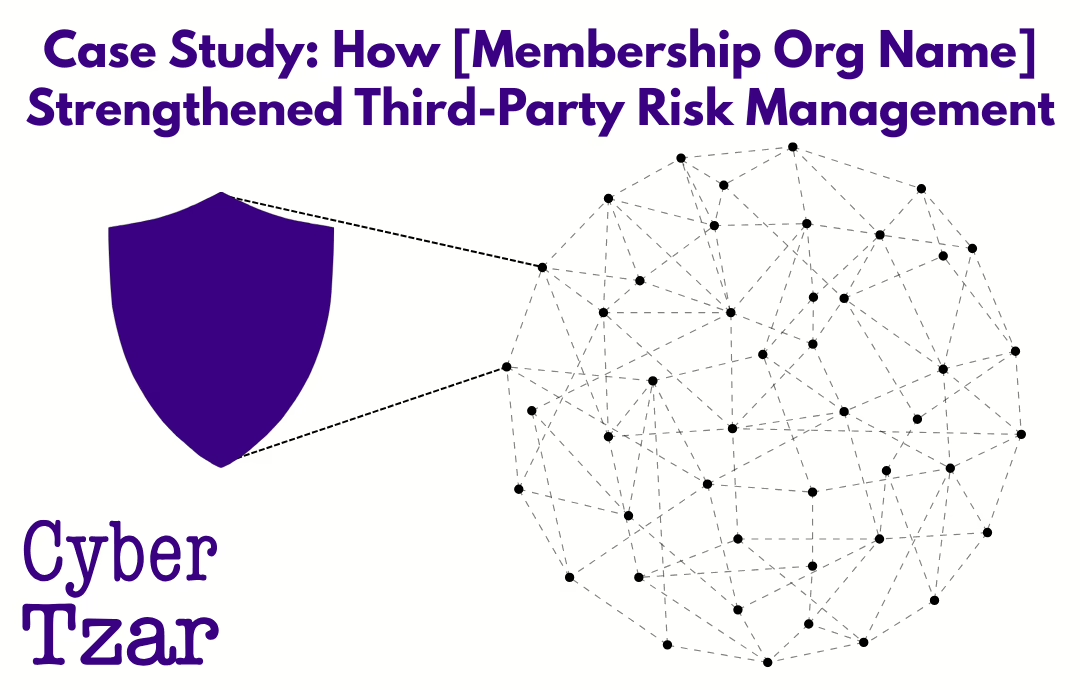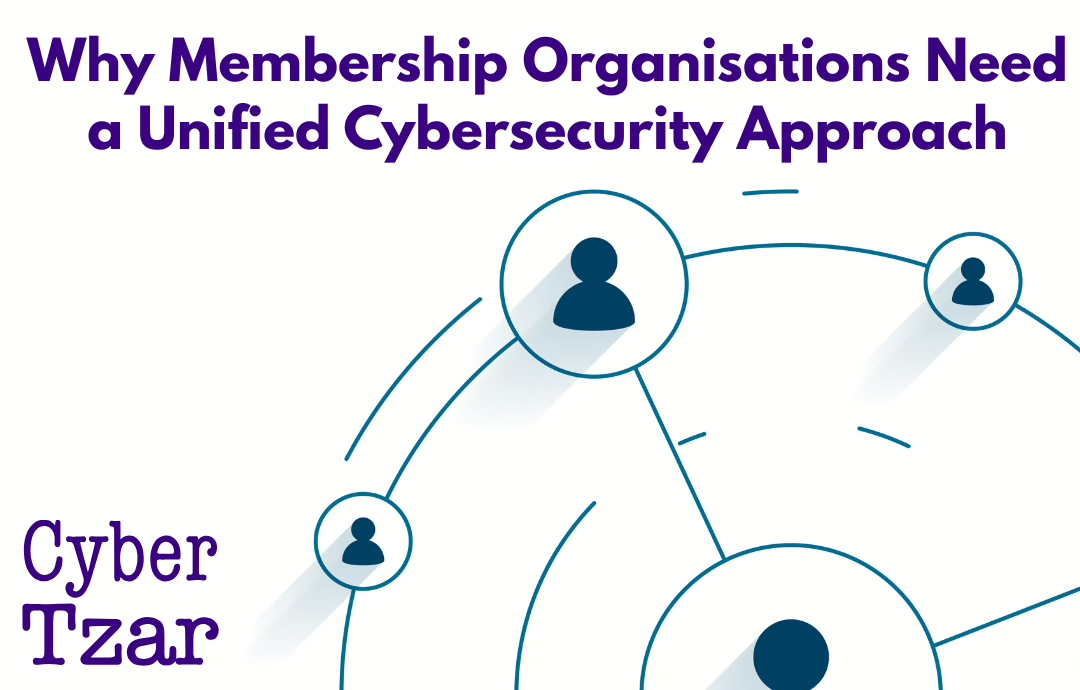For years, vendor risk assessments have followed a predictable formula: questionnaires, spreadsheets, and annual reviews. The logic was simple — if a supplier passed the checklist, they were “safe.”
But in 2025, that logic is dangerously outdated.
Threat actors don’t wait for your next review cycle. Vulnerabilities emerge weekly. Supply chains stretch beyond visibility. And many “assessed” vendors remain your greatest cyber liability.
Treating vendor risk as paperwork won’t cut it anymore — and your regulators, insurers, and customers are waking up to that fact.
What’s Wrong with Traditional Vendor Risk Assessments?
🔍 Too slow to detect change – Annual reviews miss month-to-month security shifts
🧾 Self-assessed and unverifiable – Suppliers can overstate controls or hide issues
📦 Only covers Tier 1 suppliers – The risk often lies deeper, in Tier 2/3 subcontractors
📄 Manual and inconsistent – Spreadsheet-based assessments lack structure, depth, and scale
🚨 No live alerting – You discover risk only after it’s become a problem
Yes, these methods might keep a regulator off your back — but they won’t stop a breach.
🚨 Real-World Examples Where Traditional Risk Assessments Failed
-
A supplier passed an audit — but had an unpatched VPN service publicly exposed
-
A logistics subcontractor breached — taking three separate clients offline
-
A marketing agency reused credentials — compromising multiple SaaS platforms
-
A vendor let their SSL certificate expire — breaking production integrations for weeks
Each of these vendors had “passed” a traditional vendor assessment.
Each introduced significant operational and reputational risk.
A ticked checkbox doesn’t stop malware. Neither does a signed spreadsheet.
What a Better Approach Looks Like
To move beyond broken audits, organisations must embrace a modern, risk-aware, and responsive model for TPRM.
✅ Continuous monitoring – Real-time scanning of external posture
✅ Risk-based prioritisation – High-risk vendors get deeper scrutiny
✅ Evidence-led validation – External scans, not self-declared claims
✅ Tiered visibility – Including your vendors’ vendors
✅ Actionable insights – Clear remediation steps, not red/amber/green noise
This is not just about replacing audits — it’s about building operational resilience.
Ask Yourself These 5 Questions
-
Are you still relying on spreadsheets to manage third-party cyber risk?
-
Do you have visibility into your Tier 2 suppliers and subcontractors?
-
Can you demonstrate risk improvement over time — not just status?
-
Are your processes aligned with frameworks like DORA, ISO 27036, or NIS2?
-
Can you present evidence to regulators, insurers, or your board — today?
If you’re answering “no” or “not sure” to most of these, you’re not managing risk — you’re just managing optics.
Why Traditional Assessments Persist — And Why They Must Change
🧩 They’re familiar
📄 They’re easy to file
🛑 They give the illusion of control
But in 2025, they’re also:
⚠️ Regulatory liabilities
📉 Insurance risks
🔓 Attack surface blind spots
In an age of continuous threat, only continuous visibility delivers protection.
How Cyber Tzar Helps You Move Beyond Broken Assessments
At Cyber Tzar, we’re helping organisations make third-party risk visible, measurable, and manageable.
✅ Continuous scanning of supplier infrastructure
✅ Live risk scoring based on access sensitivity and external exposure
✅ Supply chain mapping across Tier 1–3 vendors
✅ Framework-aligned reporting for DORA, ISO, NIS2, Cyber Essentials
✅ Audit-ready dashboards for boards, brokers, and regulators
📌 Don’t just collect vendor answers — understand their risk in context.
📌 Don’t just review suppliers — help them improve.
📌 Don’t just comply — lead.
📉 Ready to ditch ineffective assessments and build real supplier resilience?
🔍 Start your upgrade with a modern vendor risk scan at cybertzar.com



